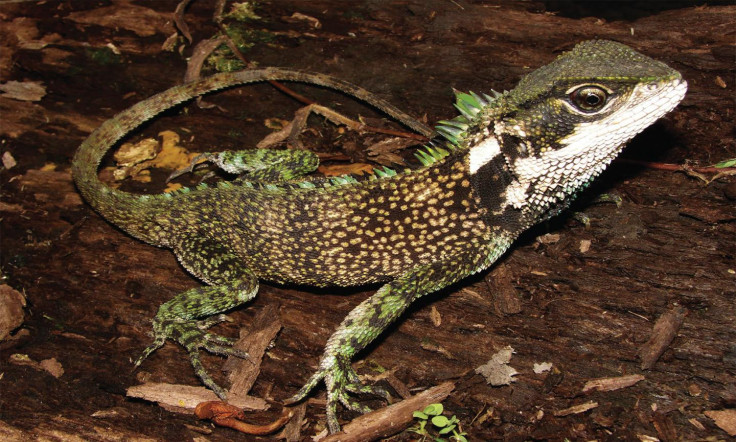Dwarf dragons – Three new species of woodlizard discovered in Andes of Peru and Ecuador

Three new dwarf dragon species have been discovered in the Andes, bringing the total number of woodlizard species to 15. The creatures were discovered across a 1.5 million km2 area of the Tropical Andes, across Peru and Ecuador.
All differ from their closest relatives in terms of features, colouration and DNA, showing they clearly belong to three entirely new and undescribed species.
They were discovered by researchers from Ecuador, Peru and the US. Publishing their findings in the journal ZooKeys, the authors named them as Enyalioides altotambo, Enyalioides anisolepis and Enyalioides sophiarothschildae.
E.altotambo is found in northwest Ecuador and has dorsal scales that are both smooth and homogeneous in size. It has a brown iris and lacks enlarged, circular and keeled scales on the flanks.
E.anisolepis lives on the Amazonian slopes of northern Peru and southern Ecuador. It has scattered and projecting large scales on the dorsum, flanks and hind limbs, while having a well-developed vertebral crest.
The final species, E.sophiarothschildae, is from the Amazonian slopes of the Cordillera Central in northeastern Peru. It has a white region with a black patch and several turquoise scales, as well as "immaculate white labials and chin".

Researchers said the discovery of the three new species was surprising because woodlizards are among the most colourful and largest lizards to be found in South American forests.
The authors came across them during recent expeditions to the Andes. On examining the DNA evidence, authors found they had discovered three new species.
Omar Torres-Carvajal, one of the study authors, said: "I started working with woodlizards in 2006 as part of my postdoc at the Smithsonian Institution under the direction of Kevin de Queiroz. At that time only seven species of woodlizards had been described, and they were recognized in the literature as one of the less diverse groups of South American lizards.
"During the last few years we doubled the number of known species of woodlizards, showing that the diversity of these conspicuous reptiles had been underestimated. That more than half of the diversity of a group of large, dragon-looking reptiles from South America has been discovered in recent years should be heard by people in charge of conservation and funding agencies."
© Copyright IBTimes 2025. All rights reserved.






















